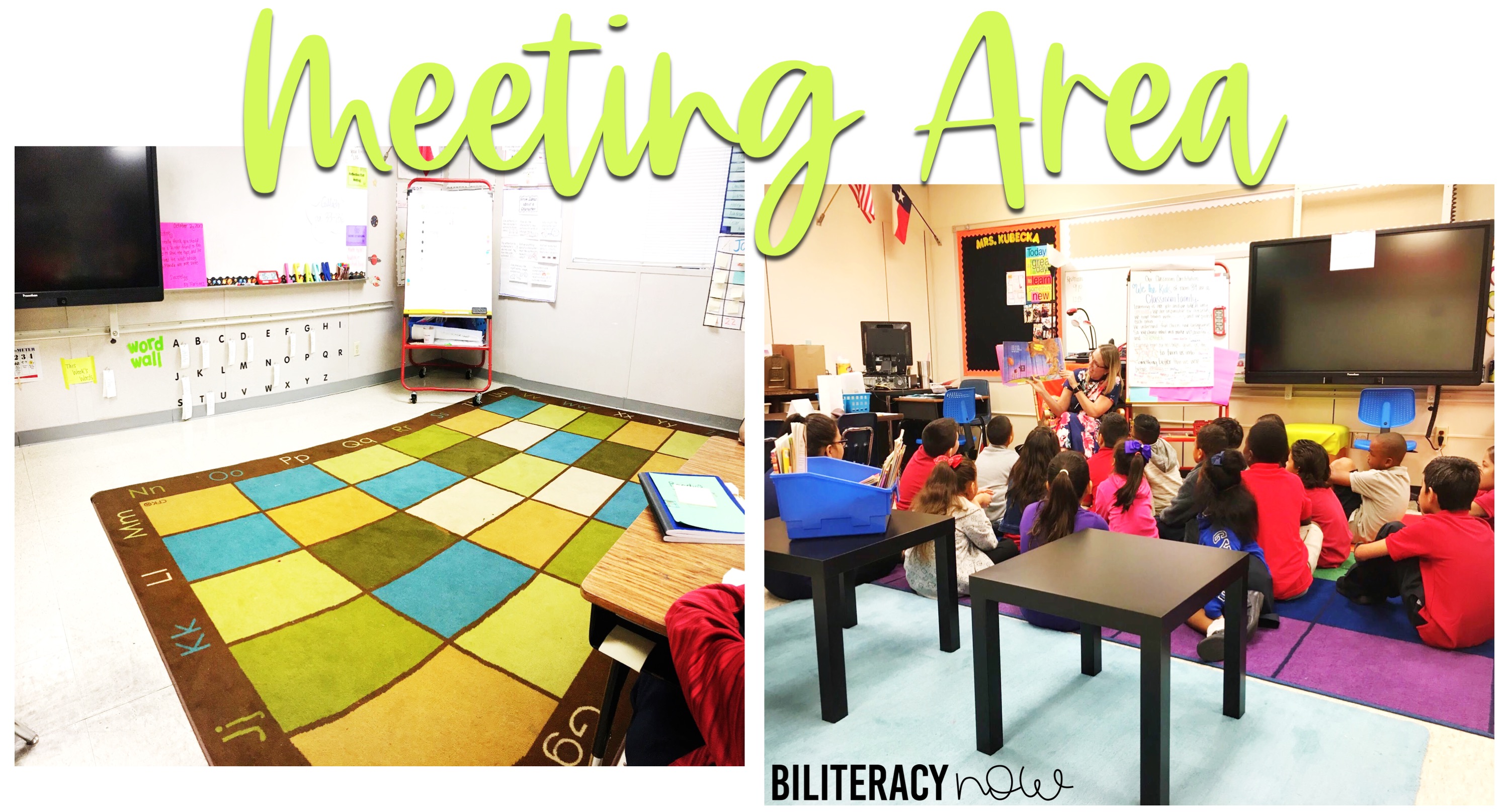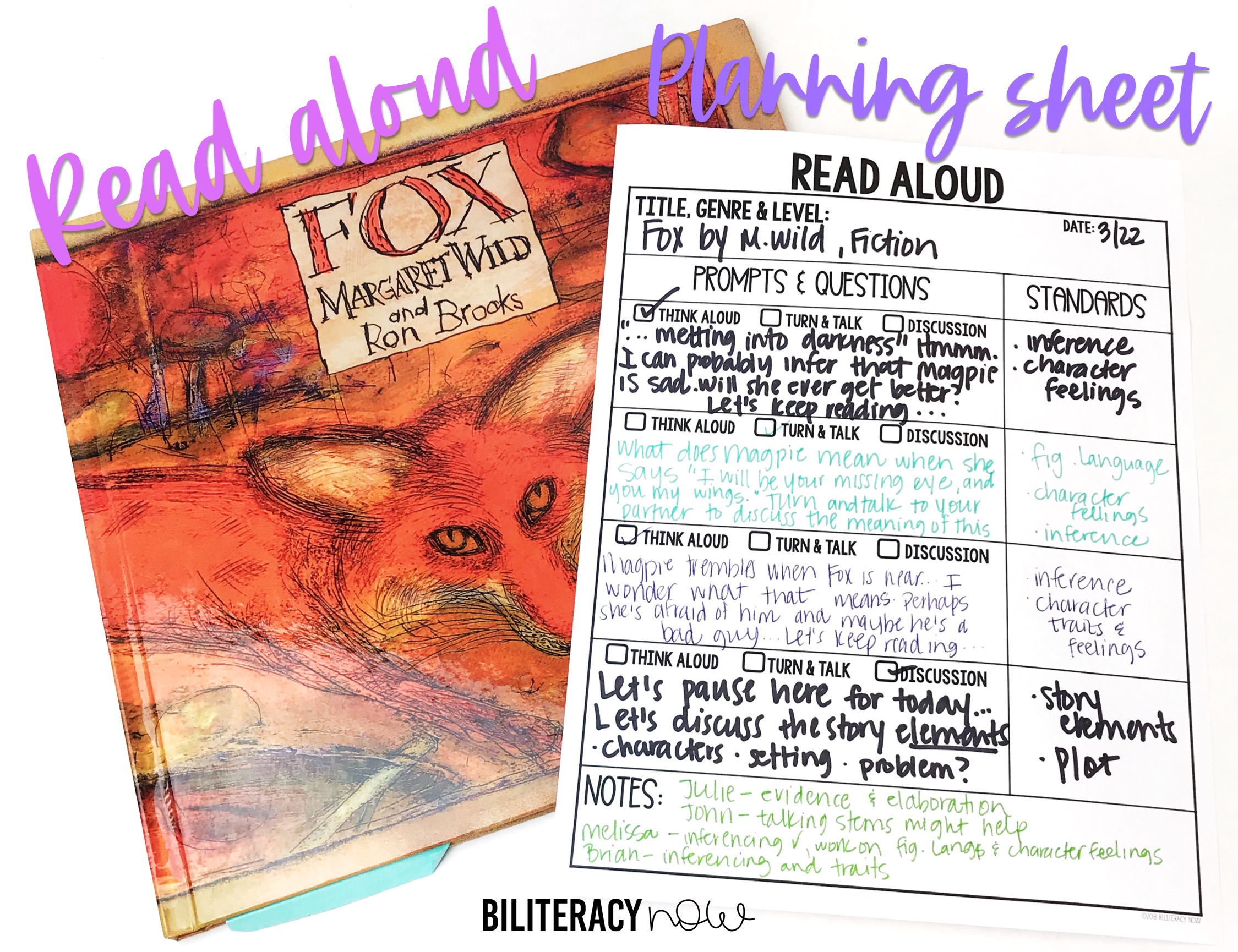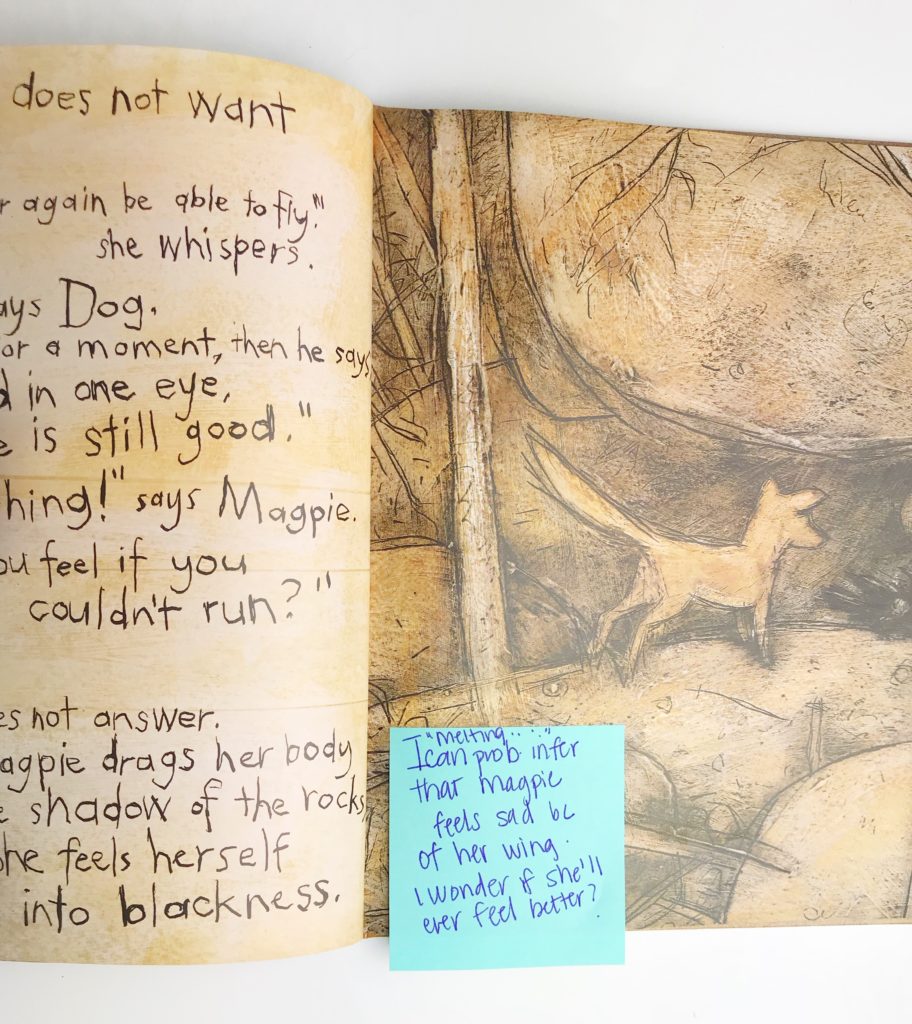I’ve been looking forward to writing this post because I just love doing read alouds! They’re so much fun for the students…and also for the teacher, right? I hope you said yes! If you’re a K-5 reading teacher, let’s start with the basic do’s and don’ts.
- Read aloud to your students daily
- Read the book or section beforehand
- Use drama
- Write out your questions ahead of time
WHAT IS A READ ALOUD?
A read aloud should be a purposeful activity. It’s a separate component, outside of the reading workshop, but it ties in perfectly with the concept of balanced literacy. Your students need to see someone model good reading habits…that someone is YOU.
A read aloud is the perfect time for you to show students how much fun reading can be without sounding like you’re teaching a lesson. It fosters a love for reading and it gives your students something to look forward to, especially when there’s a cliffhanger in the text! A read aloud starts with a meeting place. Does your classroom have one?

During the reading, your students are actively watching-they notice every detail! This, of course, means you MUST have a plan of action for when you begin reading. My advice to you would be to focus heavily on think alouds. Say things like, “Hmmm, I wonder if this is a clue to what is going to happen next..,” or “Wow, I didn’t know male lions had territorial fights. That seems like an important detail.” Questions are rhetorical during think alouds and because your reading is the main attraction, try to minimize student interruptions.
If you’re not comfortable with read alouds just yet, try using a planning sheet to help plan out what you’ll say and where in the book you’ll stop to model good reading behavior. Click here to find it in my store.
READ ALOUD TIPS
Use your pauses wisely! Don’t just stop every 3-4 pages because “you have to.” You should keep two things in mind when you’re planning to pause your reading: (1) Does the text lend itself to it? (2) Is there a skill tied to my pause? If the answer is no to either of these two questions, then don’t pause there. Keep reading!
Here’s an example of how I planned for the first eight pages of the book Fox by Margaret Wild and Ron Brooks using my planning sheet.

As you can see, it’s best to mix up your pauses. Some days you’ll only do think alouds and other days you’ll add one or two turn-n-talks. It really just depends on the book or text you’re reading, and, quite frankly, your schedule. How many of you incorporate turn-n-talks during your read aloud block? Long gone are the days when you asked questions and waited for someone to raise their hand. (Also, stop using the popsicle sticks!) Giving students the opportunity to think aloud and talk with a partner about reading is very powerful.
Having them turn-n-talk is also great because it allows you to gather information about their reading analysis. Truthfully, this is when you need to pay the MOST attention to what your students are saying and doing. Notice the student observation notes I made on my planning sheet above. You should always jot down notes on what skills your students need support with. Don’t underestimate turn-n-talks.
PLANNING IS KEY
As you become more confident in your read alouds, you might not need the help of a planning sheet, because you’re that great! 🙂 The veteran teachers I work with like to place sticky notes inside the book to help them remember where they need to stop. See the picture below.

This is obviously much easier and less time consuming. However, when you use a planning sheet, you can keep it in a binder and refer back to it year after year. Can you tell I love binders? My mentor always stressed the importance of staying organized and ensuring your teaching is transparent. She used to say, “A sub should be able to walk into your classroom and pick up right where you left off.” Her words remain with me after all these years.
But regardless of how your classroom and teaching materials are organized, you must never forget to PLAN for your read aloud. It’s painfully obvious to any adult, and sometimes even to students, when the teacher hasn’t read the text beforehand. Be any kind of teacher, just don’t be that teacher.
Ok, let’s recap on how to plan your read alouds:
- Read the book/chapter/section ahead of time
- Fill out the planning sheet based on the text
- During turn-n-talks, listen to what your students are saying and take notes
- Don’t forget to have fun
How do you plan for your read alouds? Comment below.